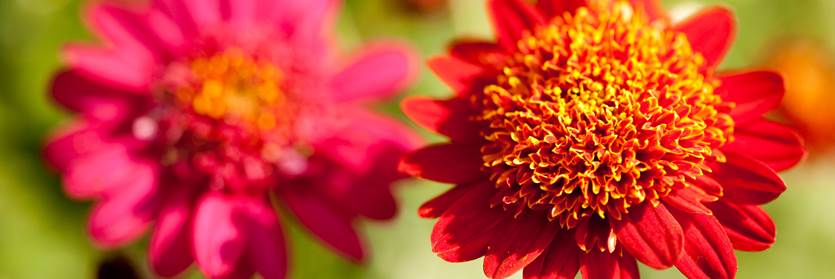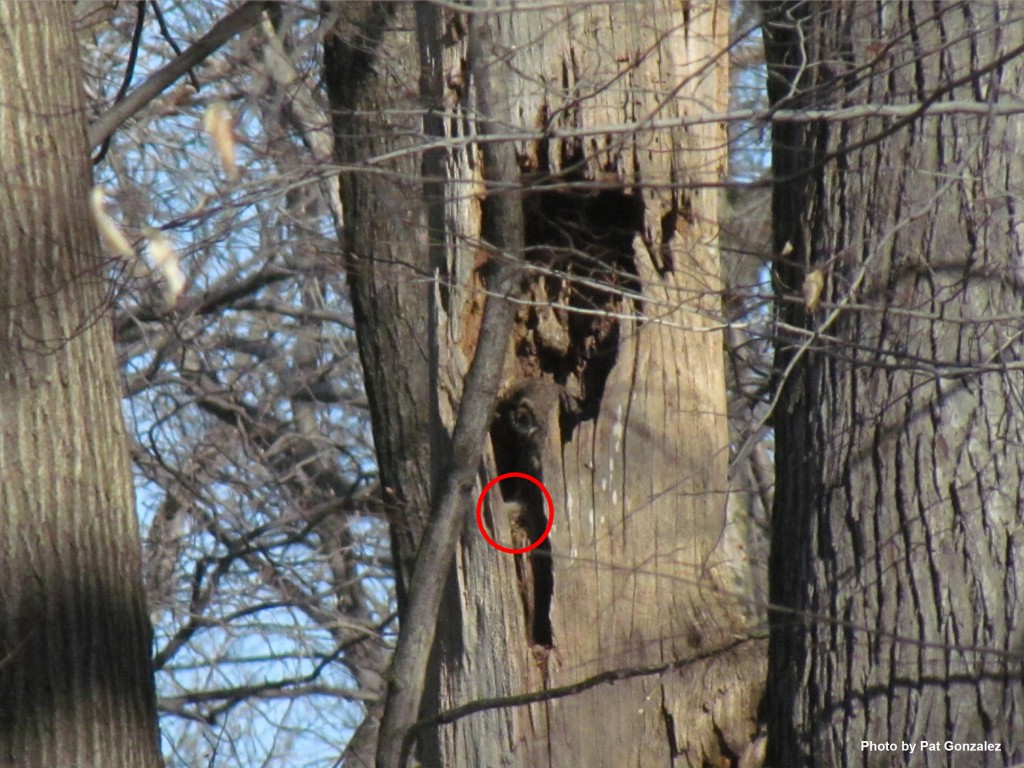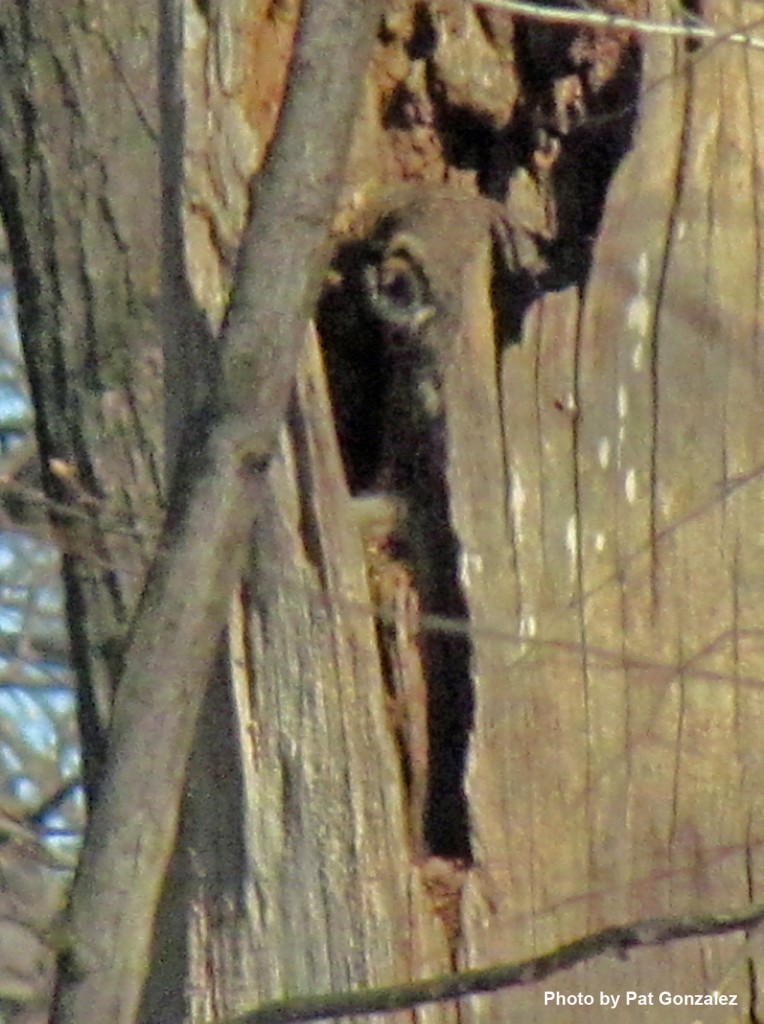Morning Eye Candy: Peggy Clarke
Posted in Photography on March 28 2011, by Plant Talk
March showers bring spring’s first blossoms: Prunus mume ‘Peggy Clarke’.
Photos by Ivo M. Vermeulen

Inside The New York Botanical Garden
Posted in Photography on March 28 2011, by Plant Talk
March showers bring spring’s first blossoms: Prunus mume ‘Peggy Clarke’.
Photos by Ivo M. Vermeulen
Posted in Photography on March 27 2011, by Plant Talk
March showers bring spring’s first blossoms: Prunus mume ‘Matsurabara Red’.
Photos by Ivo M. Vermeulen
Posted in Photography on March 26 2011, by Plant Talk
March showers bring spring’s first blossoms: Magnolia stellata.
Photos by Ivo M. Vermeulen.
Posted in Around the Garden on March 25 2011, by Plant Talk
| Ann Rafalko is Director of Online Content. |
Hello all! So I’ve heard from several sources that you guys are all just as excited as we are about the family of Great-Horned Owls that have just successfully hatched a nest of chicks for the first time since 2009! The owls are really amazing birds, and just one aspect of what makes the Garden such a special place.
That said, just like any new family, the owls need a little peace and quiet. I received this email today from Jessica Arcate-Schuler, Manager of the Forest where the owls are nesting:
Please advise all visitors to stay on Azalea Way while viewing the Great Horned Owls nesting at the edge of the Forest. First and foremost, this is to prevent any disturbance to the owls and owlets. Secondly, to help steward the Forest by not trampling newly planted restoration plants, salamanders, and causing soil compaction. Notify visitors that the nest and male owl, when he is on his normal perch, are both visible from Azalea Way and can be seen with binoculars.
With the excitement of the owlets hatching, more and more people seem to be traveling to view our owls (I met a birder from Boston, this week!). For the health and well-being of the owls and the Forest, we appreciate your help.
So, please come to the Garden to see the owls! Please bring binoculars, wear sturdy shoes, and bring your camera. But, please give a hoot, and do not disturb the owls. We’re working on something a little special that should hopefully let people who aren’t able to come visit get in on the owl excitement, so watch this space. Happy weekend everyone!
Posted in Photography on March 25 2011, by Plant Talk
Everyone knows that April showers bring May flowers. But what do the drizzles of March bring? After a winter like the one we’ve had, March showers bring a gift that might be even more precious than May flowers: Spring’s first blossoms!
Drops
Cornus mas
Corylopsis sinensis var. calvescens
Photos by Ivo M. Vermeulen.
Posted in Photography on March 24 2011, by Plant Talk
It’s a sure sign of spring’s return: The Rock Garden is open again for the year!
Photo by Ivo M. Vermeulen
Posted in Photography on March 23 2011, by Plant Talk
Prunus mume ‘Matsurabara Red’ (photo by Ivo M. Vermeulen)
Posted in Gardening Tips on March 22 2011, by Sonia Uyterhoeven
 |
Sonia Uyterhoeven is Gardener for Public Education. |
 The mention of genetic manipulation is often met with suspicion in the botanical world, yet if we look back into our past we will discover that it has been an important and well worn horticultural practice. Charles Darwin dove into the treasure troves of early 19th century hybridizers to help piece together his theory of evolution.
The mention of genetic manipulation is often met with suspicion in the botanical world, yet if we look back into our past we will discover that it has been an important and well worn horticultural practice. Charles Darwin dove into the treasure troves of early 19th century hybridizers to help piece together his theory of evolution.
Long before then, genetic manipulation was a staple in horticultural practice. Hybridizers were constantly on the look out for specimens with desirable traits – whether it was larger fruit, early maturity or interesting foliage. Cabbage and the other members of its illustrious family have a long history of change. Some sources say these changes started back as early as the 5th century B.C.
While cabbages, cauliflower, broccoli, kale, kohlrabi and Brussels sprouts are viewed as distinct vegetables by gardeners, they all originally come from the same species – Brassica oleracea. Centuries of careful selection has lead to the variety of vegetables that end up on our table.
Wild cabbage or sea cabbage (Brassica oleracea) is a Mediterranean cliff plant that looks a lot like kale. This maritime plant is salt and lime tolerant. It is not a good competitor so it grows on hillsides. Wild cabbage is a biennial that takes 2 years to flower and set seed – the flower can reach 3-7 feet in height. The leaves that form a rosette in the first year are high in nutrients and vitamin C – ancient Greeks and the Romans relied on it as a food source.
Over time, through selection, different parts of the plant was modified and selected for. Kale was one of the first descendents. Its botanical name Brassica oleracea var. acephala means ‘cabbage without a head’. Wild cabbages with tight clusters of leaves were selected for over time and these eventually turned into heads. Our cabbage (pictured) Brassica oleracea var. capitata means ‘cabbage with a head’.
The Germans developed a taste for fleshy stems and breeding practices resulted in the ‘stem turnip’ or what we know as kohlrabi (Brassica oleracea var. caulorapa). The Italians developed a taste for immature flower buds hence the introduction of broccoli (Brassica oleracea var. italica). Brussels sprout (Brassica oleracea var. gemmifera) as you have probably figured out by now were bred by the Belgians and given the name ‘cabbage bearing gems’.
Every vegetable has a history to tell; it is our job to trace and understand it. Looking back on thousands of year of breeding certainly gives me a great appreciation for the plasticity of plant material and the amount of variation that is always present in species.
Posted in Photography, Wildlife on March 22 2011, by Plant Talk
Jose and Justin have been busy this winter. As have our staff who have been working, like you-know-whats to protect the trees in the forest.
Jose and Justin Were Here (photo by Ivo M. Vermeulen)
Posted in Members, Photography, Wildlife on March 21 2011, by Plant Talk
Remember this guy standing guard over his nest? Well, it turns out, he’s a father now! For the first time since 2009, The New York Botanical Garden‘s Native Forest is home to at least two baby Great-Horned Owl chicks! First word on the nest came to us from NYBG member, Plant Talk contributor, and amateur wildlife photographer Pat Gonzalez, who says she has confirmed the existence of the chicks with New York City bird expert Dr. Robert “Birding Bob” Candido.

As Pat puts it, “Little white faces peeking out through the hole in that tree is a good thing” We couldn’t have said it better ourselves!
